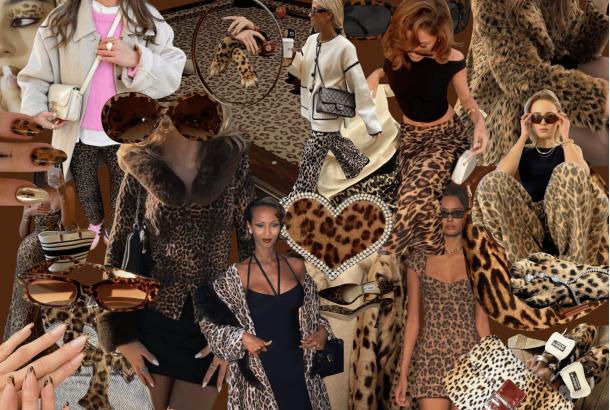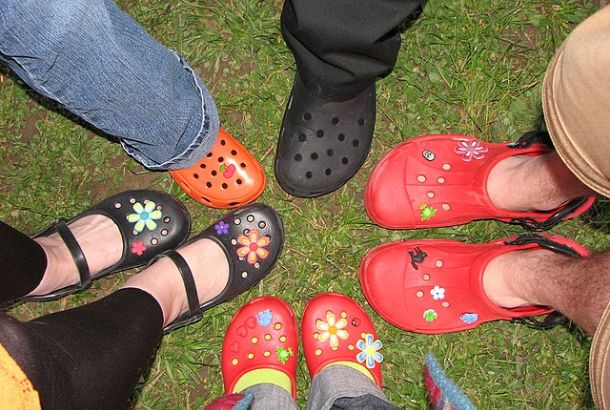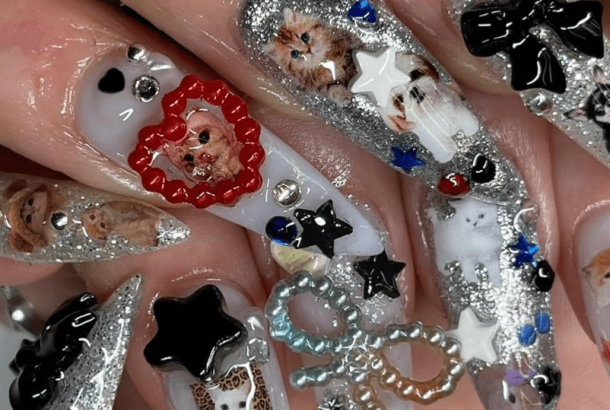The gua sha: a miracle mineral massager or Instagram’s latest culturally appropriated accessory?

Influencers and skincare enthusiasts alike are always on the hunt for a new skincare tool to reinvent our routines. There were mini-fridges that kept your skincare items chilled, and pore vacuums that forcefully sucked out dirt. However, the latest skincare craze is the gua sha – the mineral massaging tool claiming to create a more sculpted face. But does the gua sha really work? And, more importantly, is this trend actually cultural appropriation of its Chinese origins?
What is the gua sha?
Carved to fit the contours of your face, the gua sha is a facial massaging tool. Much like the rose quartz facial rollers that were incredibly popular last year, these tools are the latest luxury beauty trend and have an exorbitant price tag to match.
This tool claims to reduce facial tension and aid lymphatic drainage, making it more of a skincare process than a one-time gimmick. It also claims to increase the absorption of skincare formulas, which has led people to pair it with a serum.
Does it actually work?
Many people have reported notable differences in their complexion after using a gua sha multiple times. This is because it manually drains the lymph nodes; it’s more than just rubbing a crystal on your skin and hoping for a miracle!
The result is skin that is less puffy and free from inflammation, acting as a natural cleanse for the complexion. Many people have termed it to be ‘at-home Botox’, which is definitely part of its appeal.
There is also a variety of ways to use a gua sha to target your most problematic areas. Whether you sweep it up your neck to sharpen the jawline or upwards from your eyebrows to target forehead wrinkles, a lot of the acclaim comes from its versatility.
However, it’s important to note that it’s not a harmless tool and can create bruises if you’re quite forceful. Often translated to ‘scraping’ in English, this doesn’t come as a surprise.
How is it cultural appropriation?
Just because something might work doesn’t necessarily mean it’s ours to use. Moreover, luxury beauty brands shouldn’t be adopting this skincare trend without paying homage to its heritage.
Gua shas have been flaunted online with few mentions of its origins, so the cultural appropriation claims may be surprising. In fact, I had no idea about its history until I started researching this article, which started as a piece debunking the latest skincare fad. I genuinely couldn’t believe what I was reading!
The gua sha, which traditionally represents harmony and balance, has actually been used in Chinese medicine for thousands of years. This painful process was often performed with spoons and coins – not the Instagram-perfect polished quartz we’re familiar with!
The gua sha is the epitome of relaxation and rejuvenation in skincare routines, but it traditionally had a medicinal focus. According to Ping Zhang in conversation with Vogue, the gua sha was originally used for seasonal diseases like a cold virus or the abrupt collapse of the body from heatstroke.
In her Wear Your Voice Mag article, Sally Yue Lin raises an interesting point: “Much of our medicinal knowledge is passed down from generation to generation; these gifts are our family heirlooms inherited from our ancestors. They deserve our respect and protection from cultural appropriation.”
Instagram influencers and Western skincare brands have stripped the gua sha of its heritage by marketing it as the latest fad, rather than a medicinal tool, and it’s even more upsetting to see that its Chinese history has been obscured in the process.
My final thoughts
If you’re after a consensus on whether it’s okay to use a gua sha, I’m afraid I can’t provide this. It is simply not my place to say whether we should adopt this Chinese skincare tool into our routines.
Sally Yue Lin offers an important perception for anyone contemplating trying any form of traditional Chinese medicine:
“Are you interested just because it seems cool and you’re keen to try a trendy thing, or are you committed to respectfully learning its history and philosophy? Are you merely interested in consuming Chinese culture, or are you also interested in contributing to the social issues affecting the people who uphold those traditions?”
If you’re trying a gua sha, there’s definitely a correct way of doing it without verging on cultural appropriation. You can conduct your own research into the historical and cultural importance of the item, as well as give your support to Asian-owned businesses like Mount Lai or YINA that uphold traditional Chinese medicine.
Let this be proof that there’s more to this Instagram skincare trend than what meets the eye. Hidden behind the luxury and influencer marketing is centuries of history about this authentic tool of Chinese medicine.







